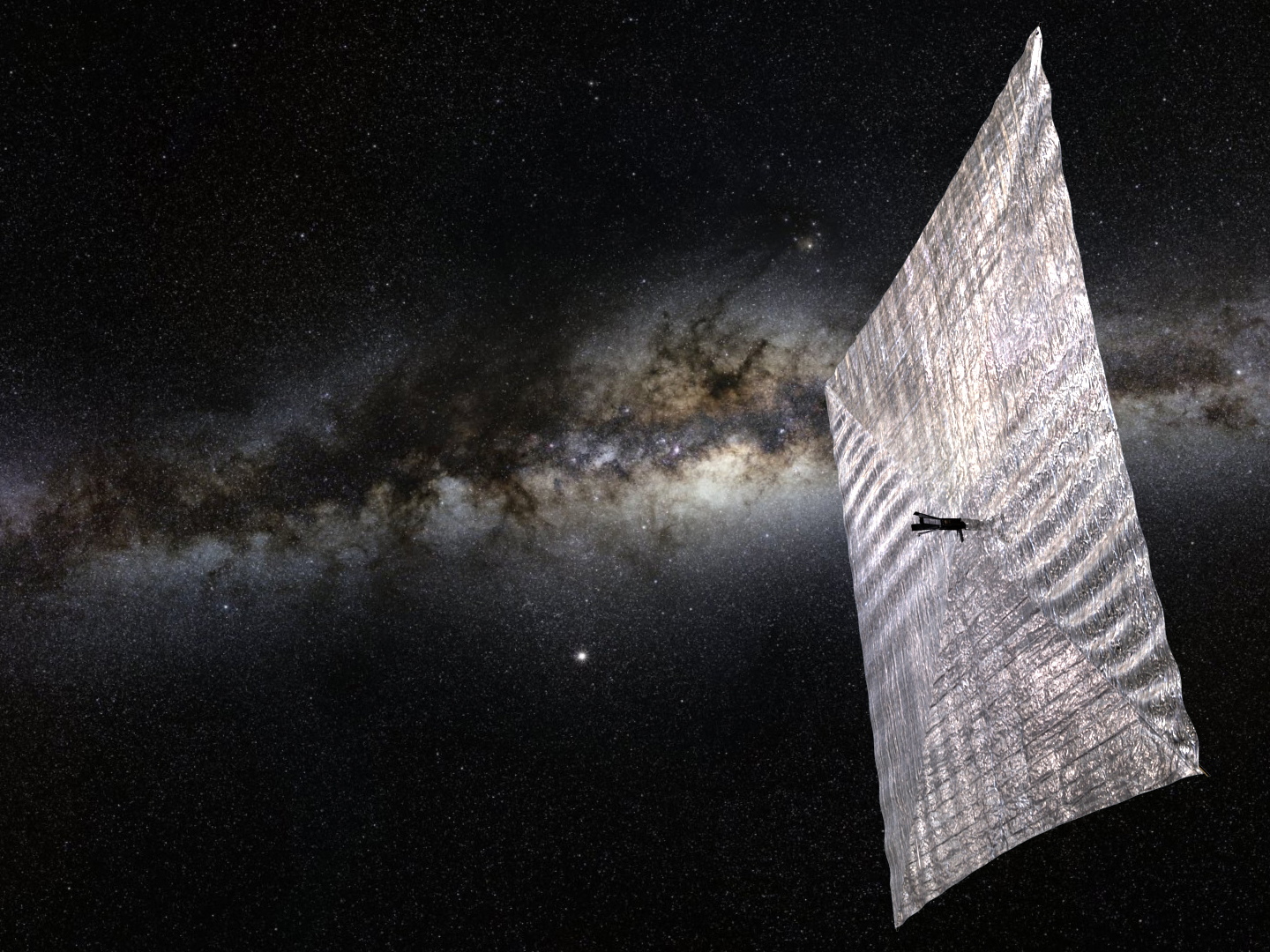- On June 25, a SpaceX rocket deployed 24 satellites into orbit around Earth, including the world’s first “solar sailing” spacecraft, which is powered by sunlight alone.
- Called LightSail 2, the spacecraft serves as an experiment that could change how vehicles propel themselves through space.
- After nearly a month in orbit, LightSail 2 is unfurling its signature solar sail today. Here’s how to watch it happen.
- The Planetary Society, the group behind LightSail 2, says the technology could eventually help spacecraft achieve interstellar travel.
- Visit Business Insider’s homepage for more stories.
All spacecraft come with an expiration date: They can only travel as far as the fuel onboard allows.
This is one of the biggest obstacles we face in attempting to explore deep space.
But an experiment spearheaded by the Planetary Society may be a step toward addressing that problem. The group launched a satellite called LightSail 2 on June 25; it’s designed to be the first-ever spacecraft propelled solely by sunlight.
Today, LightSail 2 is slated to unfurl its massive solar sail in orbit, starting at 2:40 p.m. ET (with a back-up time of 4:07 p.m. ET). The Planetary Society will be live-streaming the sail’s deployment, and you can watch via the embed below. All told, the unfurling should take less than an hour.
A sail powered by sunlight
LightSail 2 has been orbiting Earth for the last month. It soared into space aboard SpaceX's Falcon Heavy rocket, and scientists at the Planetary Society have spent the time since conducting necessary hardware and software tests to make sure the satellite is working properly.
The unfurling was delayed by about two weeks because the $7 million vehicle was having issues with its altitude-control system. But now LightSail 2 has been approved for solar sailing.
"It's a game-changer," Bill Nye, head of the Planetary Society, said of solar-sail technology in a video. He added: "Maybe one day in the future we could even sail one to another star."
Watch the sail unfurl below:
How LightSail 2 works
LightSail 2's four triangular sails resemble the sails of water-skimming ships in form and function. They're designed to merge to form one 344-square-foot sail, and are made primarily of Mylar, a tear-resistant, highly reflective fabric that's thinner than a human hair.

Once fully unfurled, LightSail 2's solar sail will be about the size of a boxing ring. It should be visible from Earth's surface with the naked eye for about a year, researchers said.
A spacecraft that utilizes a solar sail has an almost unlimited supply of energy, since it's continuously pushed through space by the pressure of sunlight: As light reflects off the sail, it transfers momentum to the sail.
This works because sunlight consists of tiny particles called photons, which have no mass but gain momentum as they're spewed from the sun. Each photon's individual momentum is minuscule, but the collective push is (theoretically) enough to get a solar sail moving.
To harness that power effectively, LightSail 2 is designed to change its orientation based on where the sun is. Rigid booms hold the sails out, and the spacecraft uses magnetometers to read changes in the Earth's magnetic field. Then, using a series of gyros and a momentum wheel, LightSail 2 should be able to orient itself accordingly.

During each orbit around Earth, LightSail 2 has to make two 90-degree turns of its solar sail: The sail should get turned away from the sun (akin to sailing downwind) as the craft moves away, then be perpendicular to the sun as it moves toward the light (much like tacking a sailboat).
Sailing into the cosmos
Nye said he's not sure exactly what will happen to the solar sail after it's been deployed.
"Will it billow like a square-rig ship?" he asked in a June press conference. "Will take on a nice curve like a racing jib? Will it be something in between?"
After today, scientists should be able to answer those questions.

Eventually, solar-sail technology could enable researchers on Earth to maneuver a spacecraft much like skippers steer sailboats, harnessing the sun's rays to travel in any direction.
"Solar sails are just ideal," Nye said "People have speculated on using solar sails as cargo ships to take material to Mars and so on."
Advancing this type of propulsion technology could one day help spacecraft reach nearby star systems that aren't currently accessible. That would help scientists answer fundamental questions about our place in the cosmos.

"There are two questions everybody asks: Where did we all come from, and are we alone in the universe? And if you want to answer those questions, you have to explore space," Nye said.
Part of that mission is traveling to "asteroids, Mars, and Europa," he added.
"And how are you going to get there? How are you going to send a spacecraft, especially to an asteroid, to look for primordial minerals?" he said. "Very likely, you're going to use a solar sail."

